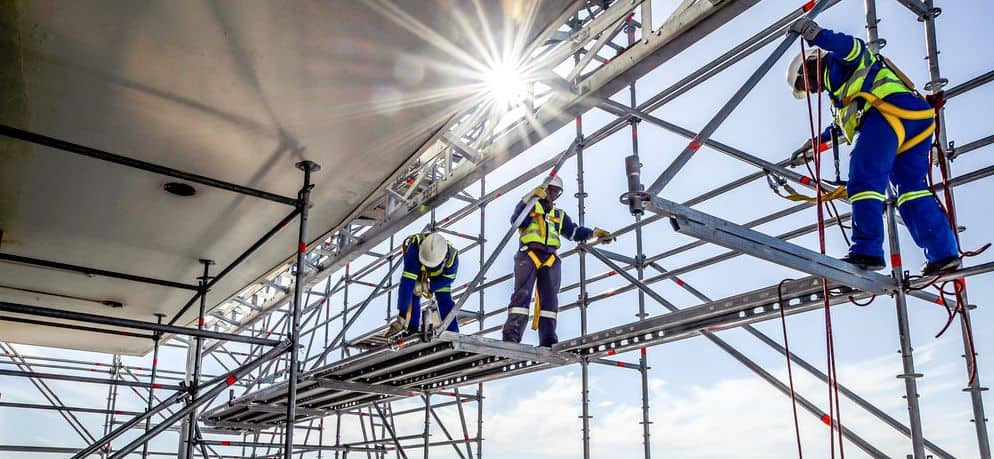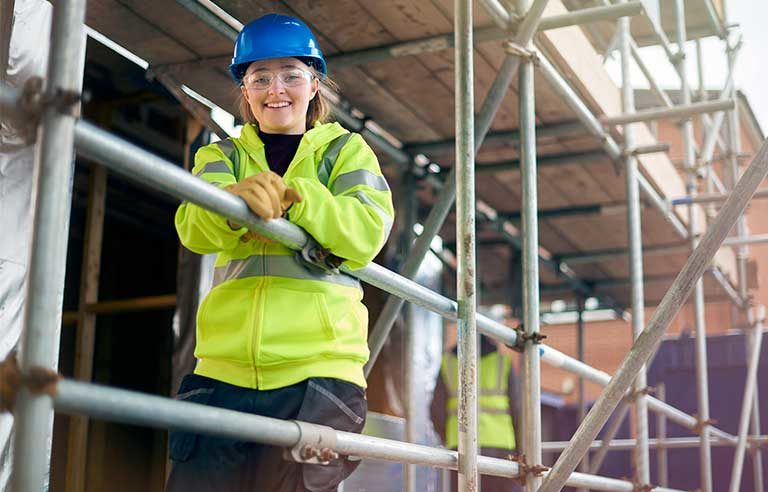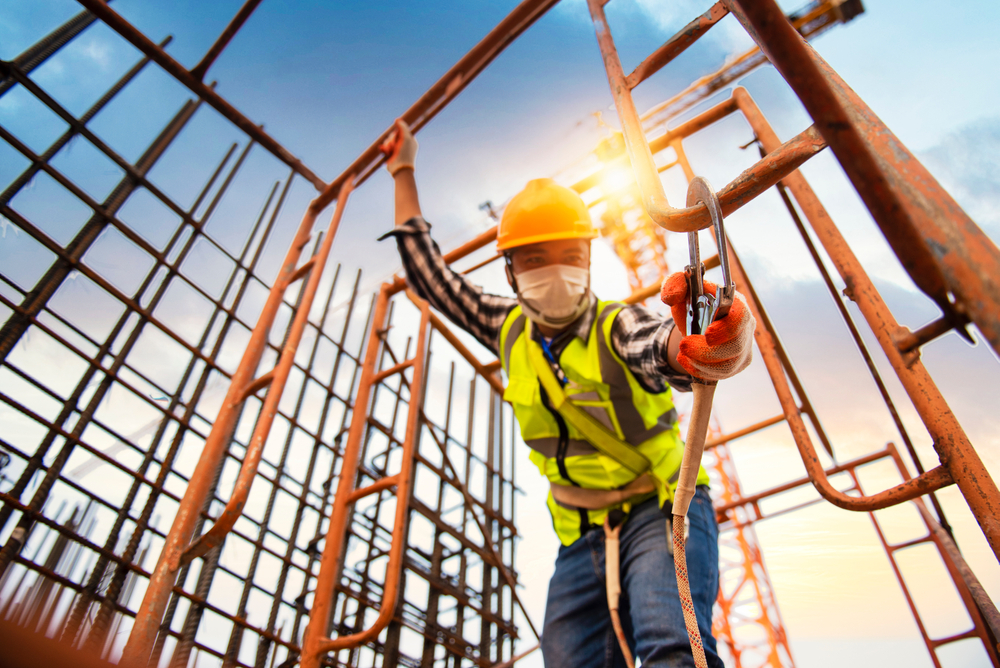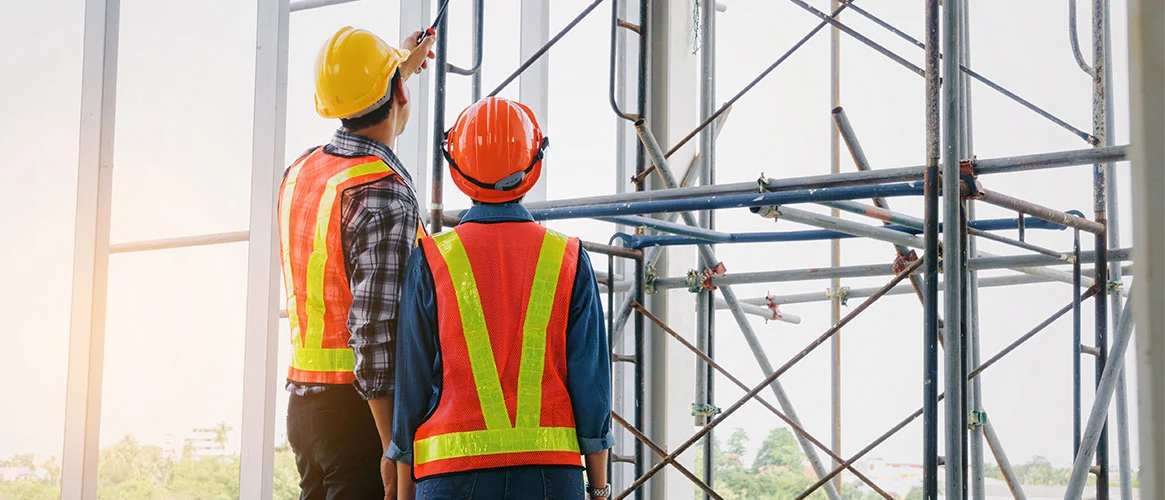Scaffolding has long been considered the backbone of construction projects, providing workers with both protection and access. No matter if its an immense skyscraper or modest residential home – scaffolding provides workers with both support and access at various heights during the build process. We explore in more depth Scaffolding Installation here by discussing its importance, key considerations and best practices aimed at creating safe working conditions during any type of building process.
Scaffolding’s Importance:
Scaffolding is an essential piece of equipment used at construction sites to provide workers and materials support during building, maintenance and repair activities. Without it, working at height would be too dangerous and expose employees to falls and injuries which would put lives in jeopardy. Without scaffolding in place, working would become much less efficient while safety would likely suffer significantly more as workers exposed themselves to falls from height.
Key Considerations in Scaffolding Installation:
Site Assessment:
Before installing scaffolding, conducting an in-depth site inspection is crucial to identify any potential dangers such as uneven terrain, overhead obstructions and proximity to powerlines that could compromise its safety. This evaluation allows companies to determine the most suitable scaffolding system as well as implement necessary safety precautions.
Compliance With Regulations:
Adherence to relevant health and safety regulations is of utmost importance in Scaffolding Installation, depending on where it takes place. In the UK for instance, regulations like Work at Height Regulations (WAHR) provide specific rules pertaining to design, assembly, usage of scaffolds in order to safeguard worker health.

Selection of Scaffolding System:
There are various kinds of scaffolding systems, including tube and fitting scaffolding, system scaffolding and mobile scaffolds, that may be appropriate depending on factors like your project requirements for height requirements and load-bearing capacity. Selecting one will depend on factors like these.
Quality of Materials:
Utilizing only top-grade scaffolding materials is vital in order to guarantee stability and safety, including tubes, couplers, boards and base plates that adhere to industry standards as well as regular inspections for signs of wear or damage.
Competent Personnel:
Scaffolding assembly must only be undertaken by trained, competent individuals with all of the appropriate certifications and skillset. Proper training ensures workers comprehend all aspects of scaffolding assembly including bracing, tying off components securely, bracing ladders in position etc.
Design Considerations:
Scaffold design must incorporate all necessary requirements of each project, such as load capacity, wind resistance, accessibility and design calculations performed by qualified engineers to ensure structural integrity and stability.

Best Practices for Scaffolding Installation:
Establish Clear Communication:
Effective communication among all the participants involved with scaffolding processes is vital in order to guarantee seamless coordination and the observance of safety protocols. Instructions regarding assembly, dismantlement and use should also be clearly given.
Establish a Regular Inspection Schedule:
Regular examinations of scaffolding components is vital in order to detect defects or weaknesses that could compromise safety, such as any deficiencies that might require repair. Inspections should take place prior to every use and be document so as to monitor its condition over time.
Secure Foundations:
Foundation preparation is critical to the stability of any scaffolding structure. Level ground, adequate bearing capacity and use of base plates or sole boards all play important roles in evenly disbursing load across its entirety and avoiding sinking or tilting of scaffolding structures.
Guardrails and Toeboards Are Essential Safety Measures:
Guardrails and toeboards are crucial safety components designed to prevent falls from elevated work platforms, providing workers with protection. Install them along all open edges or platforms where workers may come into contact with open areas as soon as possible to establish an adequate buffer zone and protect workers.
Use Fall Protection Equipment:
In addition to guardrails, when working at heights workers should wear fall protection equipment like harnesses, lanyards and anchor points as an added measure for added safety if a fall occurs. This provides another level of safety should an accident happen.

Watch Weather Conditions:
Adverse weather conditions such as strong winds, rainfall or snowstorms pose significant threats to scaffolding stability. By closely tracking weather forecasts and temporarily suspending work during inclement conditions, regular monitoring helps minimise these risks and minimise scaffolding instability risks.
Get Scaffolding installation with NYC Best Scaffold:
NYC Best Scaffold provides top-tier scaffolding installation in NYC with unparalleled expertise and commitment to safety, providing tailored scaffold solutions tailored specifically for each project. Come experience the difference with NYC Best Scaffold today by scheduling a consultation appointment – discover for yourself!
Conclusion:
Scaffolding installation is an integral component of construction projects that demands meticulous planning, compliance with regulations and exact execution to guarantee worker safety as well as optimize operations efficiency. By adhering to best practices and adopting safety precautions for their company’s environment of operations and workforce safety. With advances in technology and safety standards reaffirming scaffolding’s role within built environments.

